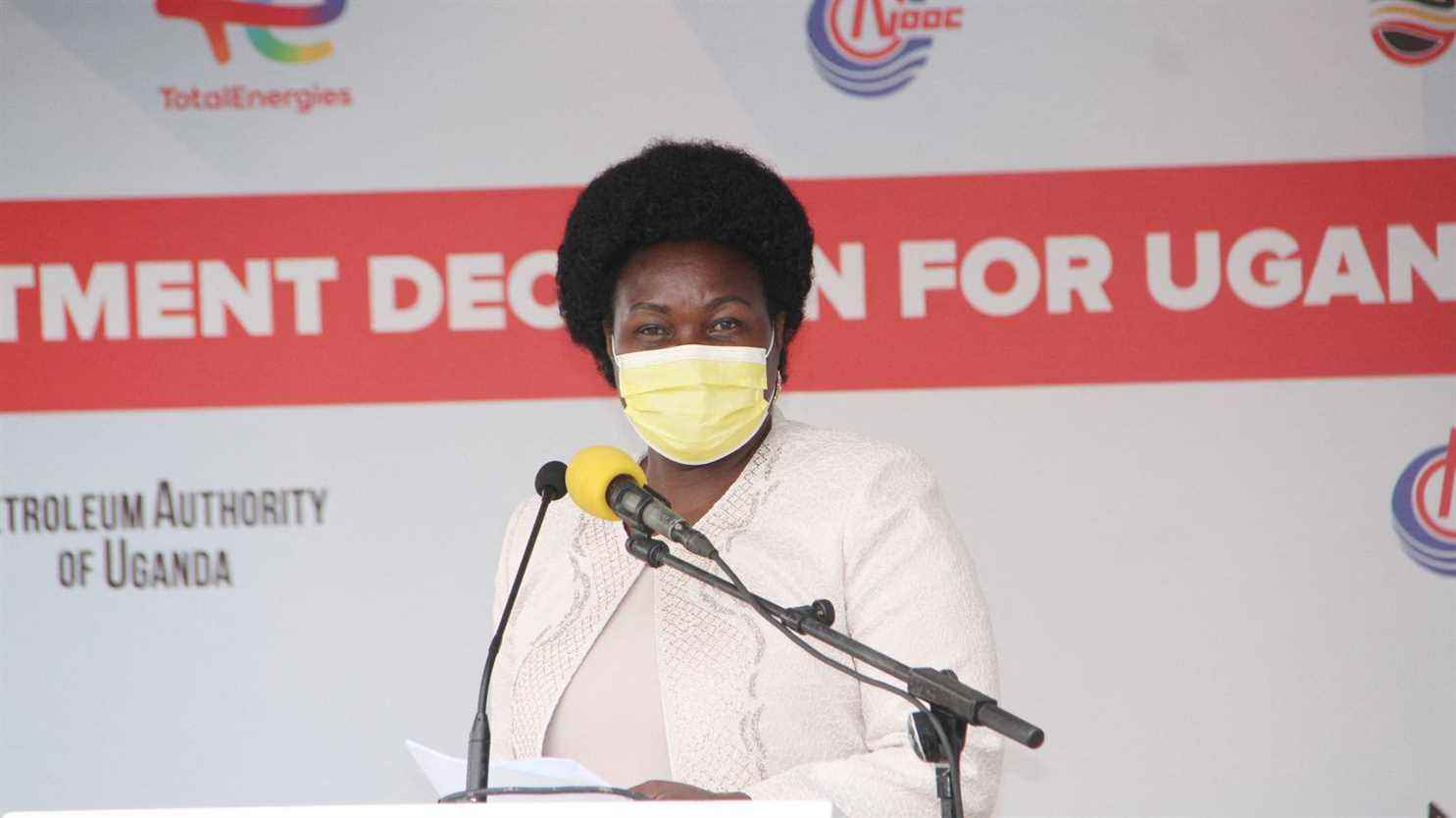Despite environmental fears, the French group TotalEnergies has concluded a $10 billion investment agreement with Uganda and Tanzania, as part of the controversial megaproject to exploit Ugandan oil and build an 1,440 kilometer pipeline.
This agreement, called Final Investment Decision (FID), was signed sixteen years after the discovery of oil reserves in the Lake Albert region of western Uganda. “As of today, with the FID, the project will fully enter the construction phase”said TotalEnergies CEO Patrick Pouyanné on February 1, 2022.
Total has partnered with Chinese oil giant CNOOC for this mega contract which plans to extract up to 230,000 barrels of crude per day from 2025. “Today we are committing to invest $10 billion in the Tilenga and Kingfisher projects and the 1,443 kilometer long pipeline” linking Uganda to Tanzania, said Patrick Pouyanné, during an official ceremony in the Ugandan capital Kampala.
In addition to the pipeline, the project involves the drilling of hundreds of oil wells in several nature reserves. CNOOC Uganda President Chen Zhuobiao called the day of “incredible”. “Such a moment was long overdue for this sector”he said.
Since the discovery of oil in 2006, the Ugandan authorities have had the somewhat crazy dream of seeing their country transform into an “oil Eldorado”. On the shores and under the waters of Lake Albert, separating Uganda from the Democratic Republic of Congo, lie the equivalent of 6.5 billion barrels of crude, of which about 1.4 billion are recoverable in the current state of discoveries. . Uganda’s reserves can last between 25 and 30 years, with peak production estimated at 230,000 barrels per day.
TotalEnergies has specified that it will operate the Tilenga project, while the Kingfisher site will be under the responsibility of CNOOC. They should start producing in 2025. Downstream, a heated pipeline dubbed the East African Crude Oil Pipe Line (EACOP) is to carry this crude from western Uganda to the Tanzanian port of Tanga on the Indian Ocean.
“This money will boost our economy”, said Ugandan President Yoweri Museveni, present alongside Tanzanian Vice-President Philip Mpango. “I congratulate our partners Total and CNOOC. We are now ready. We move forward“, added the 77-year-old president, decrying the associations that criticize the project as people who “don’t have a jobThe project has come under heavy criticism from environmental NGOs who say the pipeline is causing tens of thousands of farmers to lose access to their land and poses an ecological threat to this region. rich in biodiversity.
An oil dream that could turn into an environmental nightmare if we look at the chaotic operation of the Nigerian pipeline.
“The consequences of the construction of (the pipeline) will be devastating for our communities, wildlife and for the planet.”
Landry Ninteretse, NGO 350Africa.orgat AFP
“Ignoring the growing human rights violations in Uganda and Tanzania and the immense environmental and climate risks will not make them disappear. Several banks have understood this and have therefore refused to participate in the financing”, said Juliette Renaud, campaign manager for Friends of the Earth France. The newspaper The echoes reported in April 2021 that three French banks – namely BNP, Crédit Agricole and Société Générale –had refused to support the project.
In France, a consortium of associations, including Friends of the Earth France, took TotalEnergies to court for failing to comply with its legal obligations to protect the environment and the rights of the populations affected by the project. In December 2021, the Court of Cassation – the highest French court – ruled in favor of the associations to judge their appeal before a judicial court, and not before a commercial court.
“We are aware of the sensitivity of the areas where we work. We are committed to leaving a positive environmental footprint”, said Patrick Pouyanné on February 1, 2022. In its press release, the company also highlights the signing with the Ugandan authorities of a memorandum of understanding for the development of renewable energies, with a target set at 1,000 megawatts.
